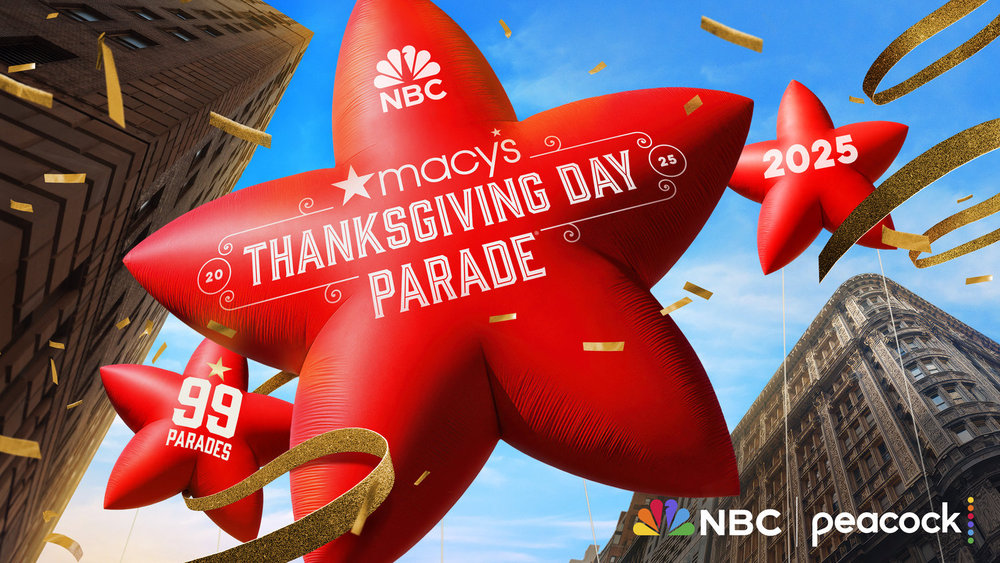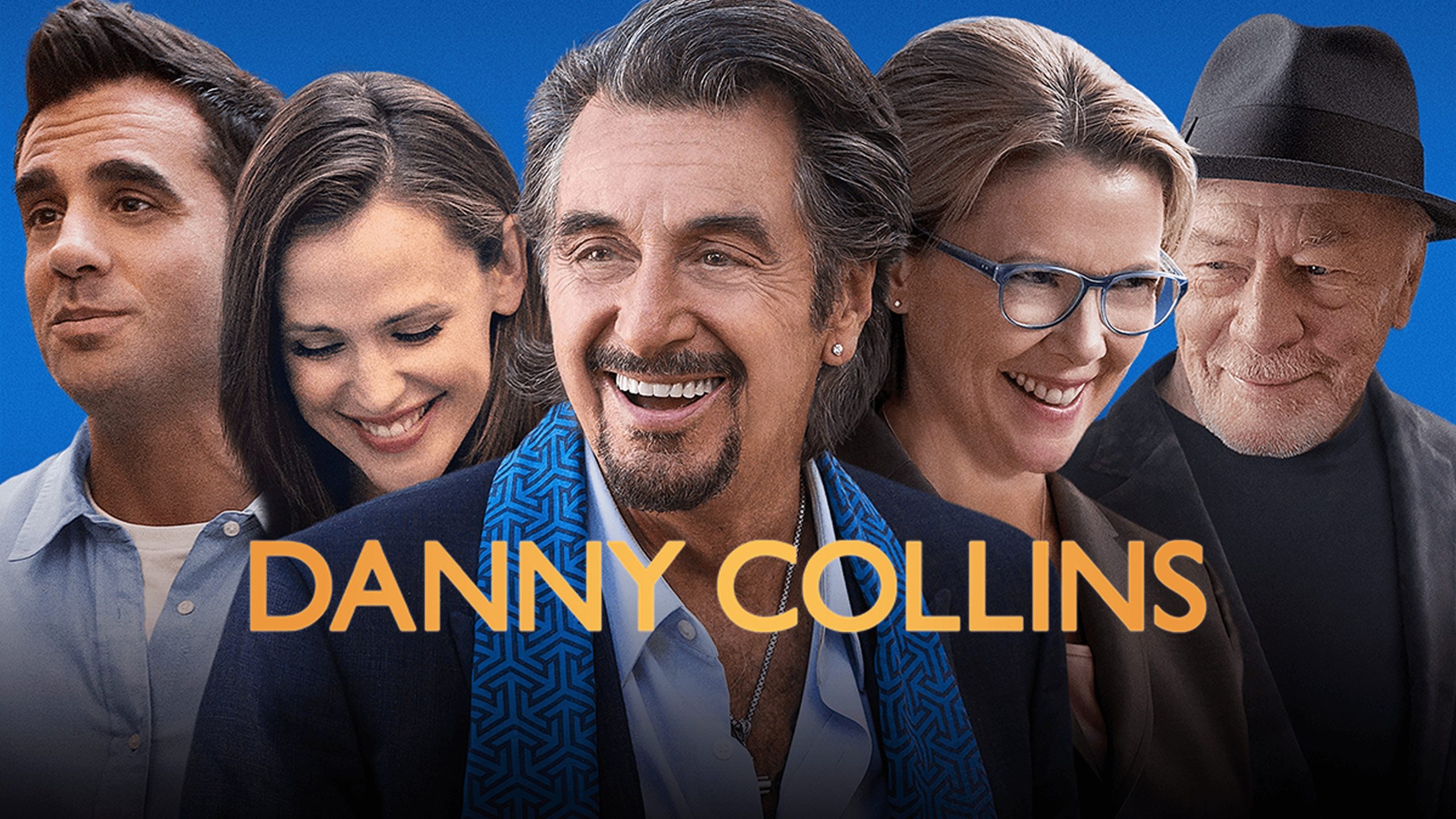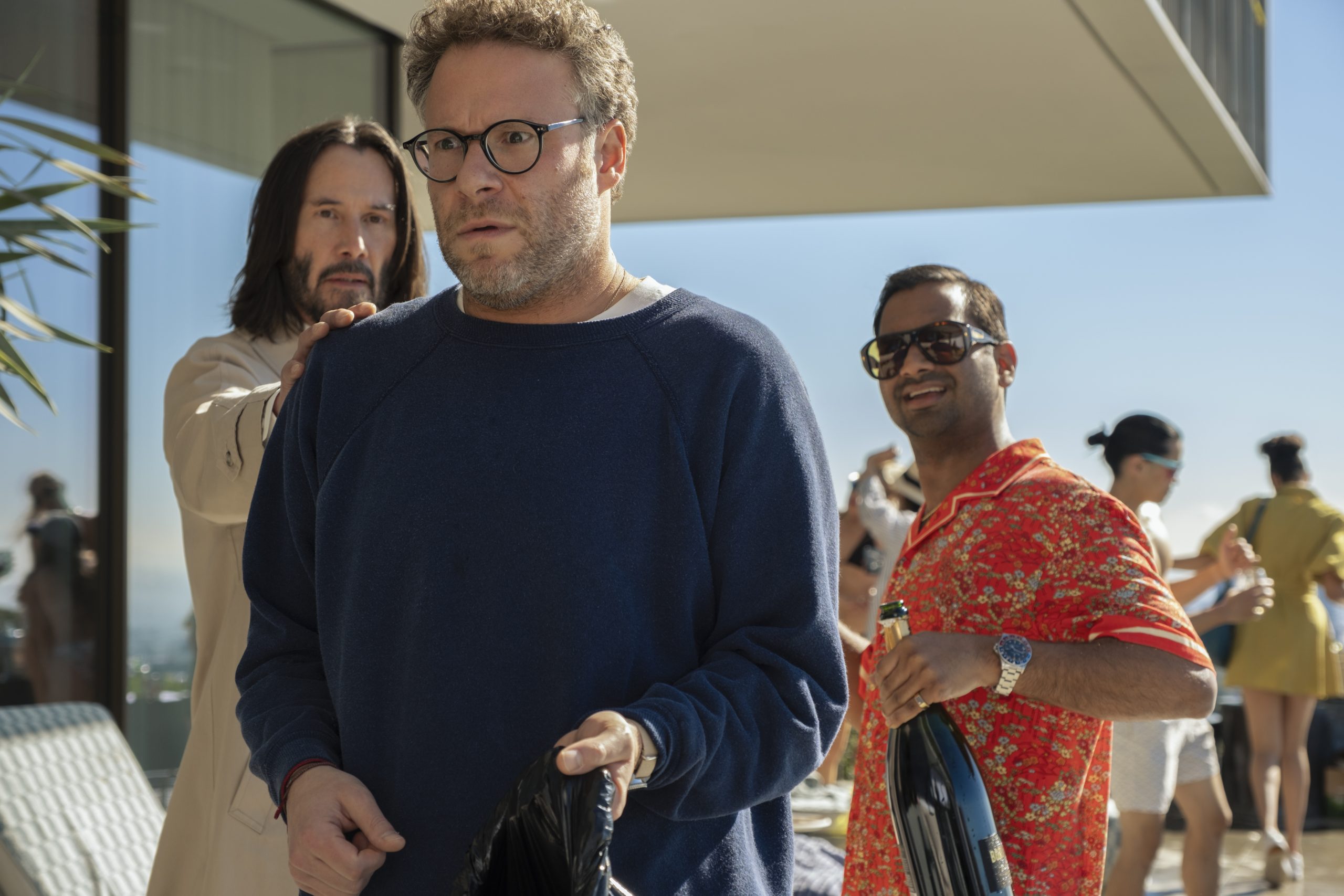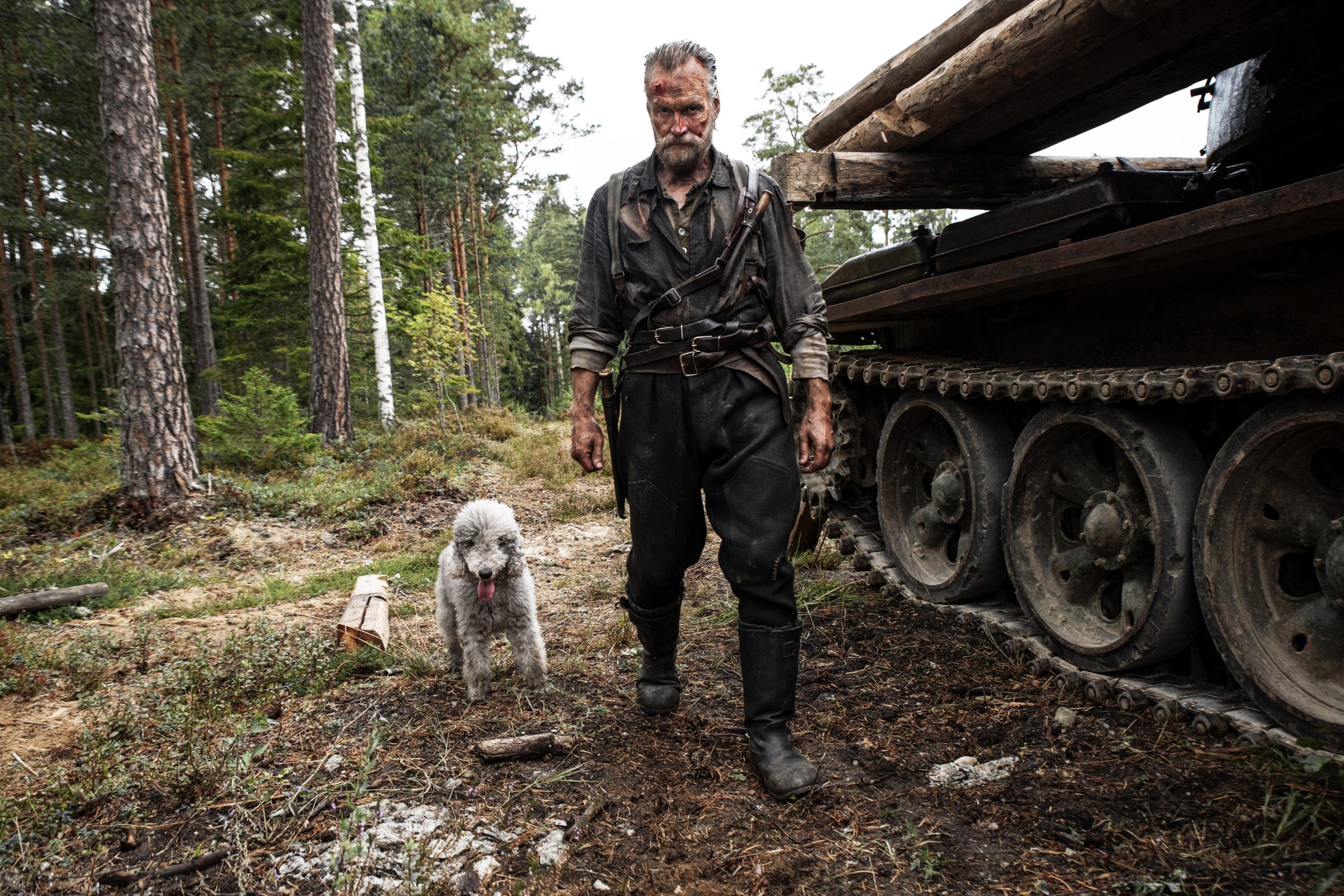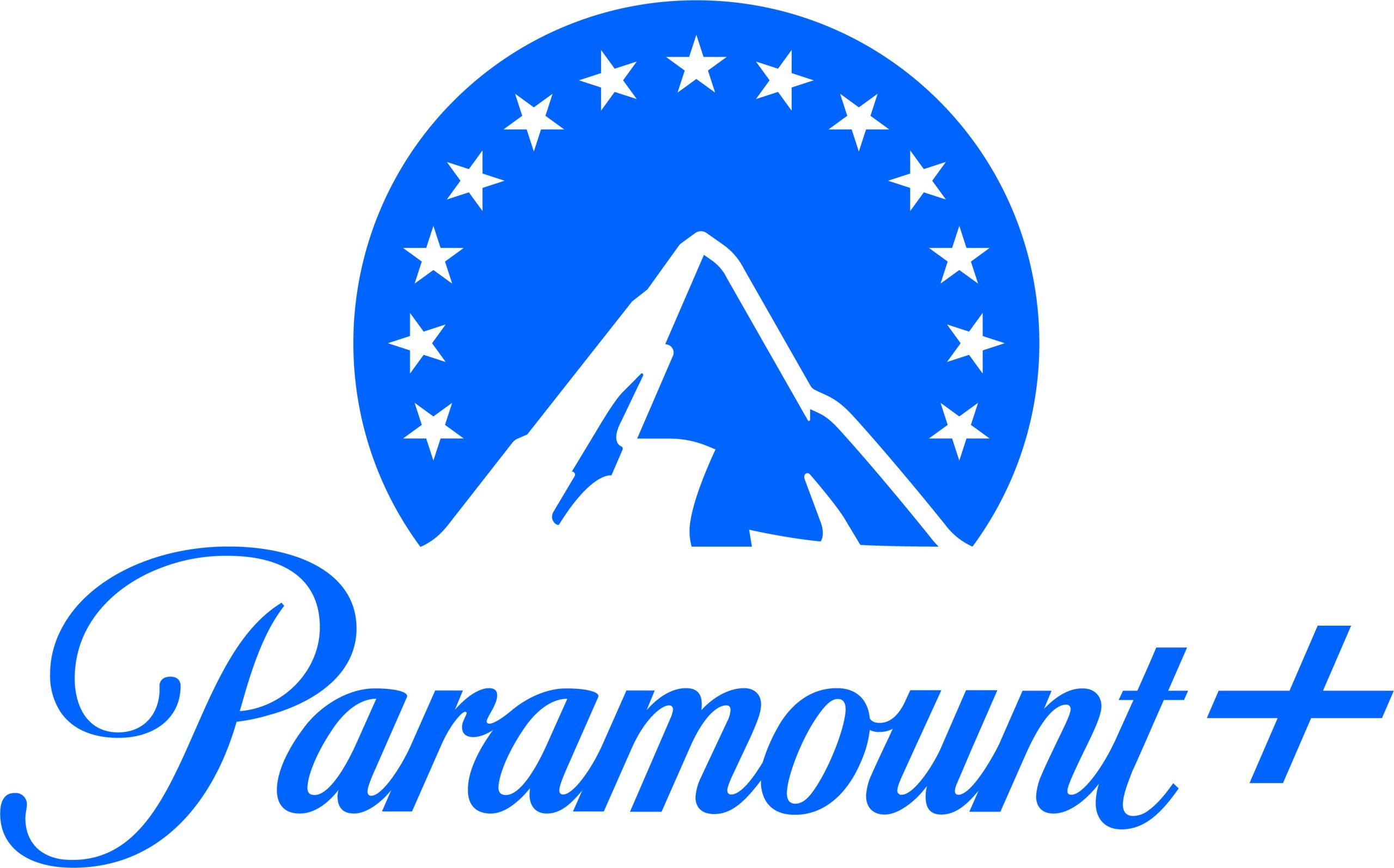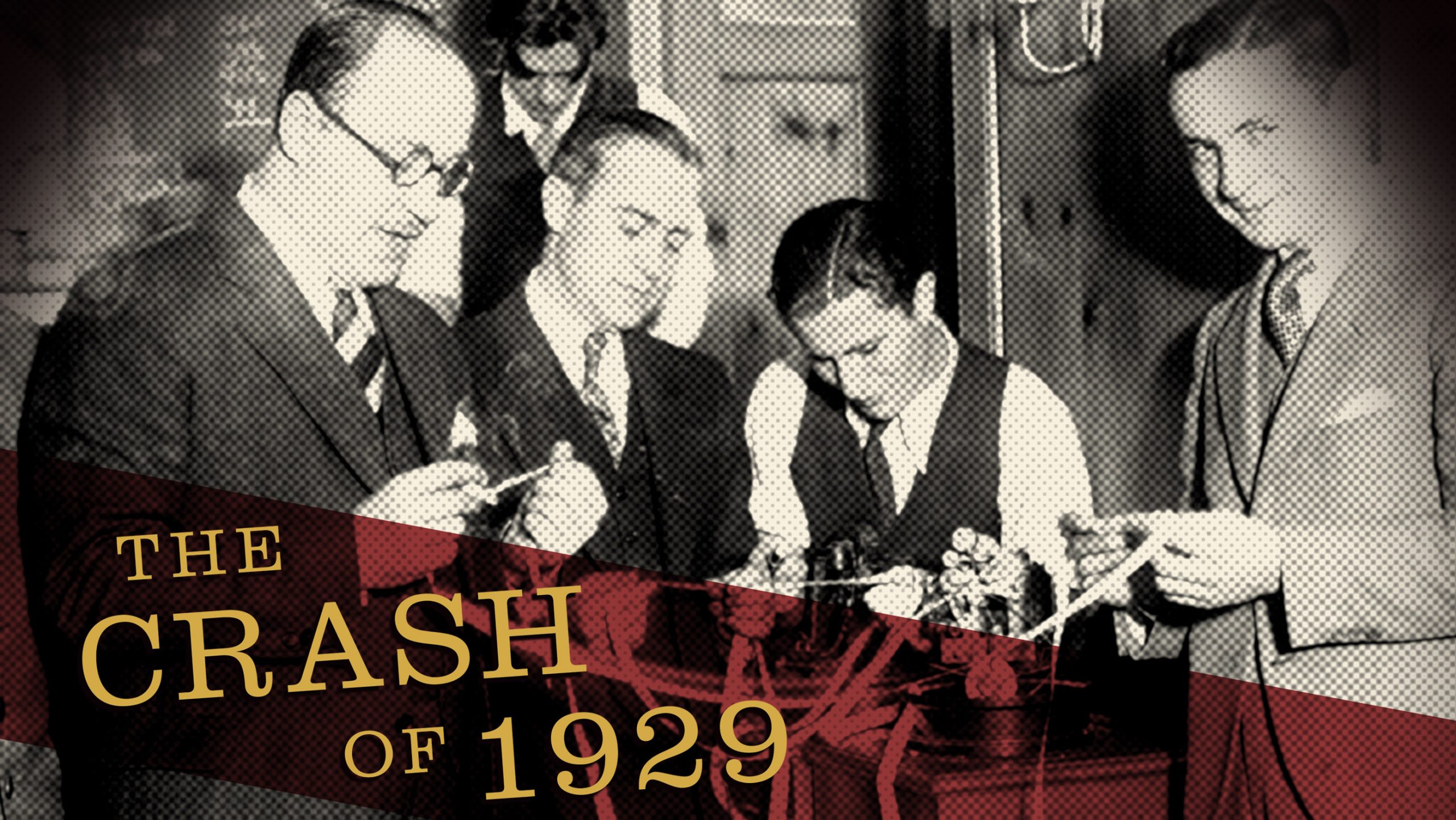
The Crash of 1929 is an American Experience documentary that revisits everything that led up to the stock market crash on Black Monday.
You can thank the recent on-again, off-again tariffs for my watching this American Experience documentary by way of the local library. Will things become as bad as they did in 1929? I don’t know. There’s not as much optimism right now as there had been for much of the 1920s. We’ve seen what happens when there are no regulations–the fact that the man occupying the Oval Office is advising his followers to buy stock prior to announcing a pause in tariffs is an act of insider trading if there ever was one. Hell, members of congress are buying stocks!
The Roaring Twenties were such a prosperous time that nobody could have predicted the crash of 1929. Where some had built their fortunes through building up still mills or oil, other people–like Michael Meehan, Jesse Livermore, and Charles E. Mitchell–built their wealth through investing in the stock market. Charles E. Mitchell’s children, Craig Mitchell and Rita Mitchell Cushman, discussed what it was like to grow up in a massive house. Similarly, Patricia Livermore discussed the amount of homes that her father-in-law owned.
In 1928, Herbert Hoover campaigned on poverty being banished from the United States. Promises made, promises not kept. Things were so much better back when Silent Cal was president. Calvin believed that government shouldn’t interfere with business. Hoover was very much on the same wavelength but his decisions made things worse. Hoover signed the Smoot-Hawley Tarrif Act into law in 1930, making matters way worse than the crash of 1929.
Wall Street was dominated by “a small group of wealthy men.” Philip Bosco’s narration notes that “rarely in the history of the nation has so much raw power been concentrated in the hands of a few businessmen. One of those men was the former Chairman and CEO of General Motors, William C. Durant, the King of the Bulls. “Now, he made his money on Wall Street. Backed by midwestern auto industrialists, he controlled so much money that he could singlehandedly drive up the price of a stock and then sell, reaping huge profits.” Durant would not be in a comfortable position after the crash of 1929.
Jesse Livermore lived by the numbers. Everything he did was done by the numbers. He had a set schedule and everyone knew it. When policemen saw his car, they immediately changed the light to screen. He owned two yachts, private railway car and five homes. Hell, he even owned an apartment on Fifth Avenue just to change clothing!
Charles E. Mitchell had been the President and Chairman of National City Bank (now Citibank). He invented mass marketing stock and bonds to the general public. It had been a new idea. Banks had done business with large corporations rather than the little men. Mitchell was only 38 years old when he came up with this idea. By the time of the crash of 1929, National City Bank expanded to nearly 50 banks.
The stock market was a risky place but one of the amateur speculators that it attracted was none other than Julius Marx, better known as Groucho Marx. Marx’s son, Arthur, recalls how Groucho had always saved his money and worried about his future. He did this even after moving to Hollywood. Of all the Marx brothers, he was the most financially conservative–he wasn’t a gambler like some of his brothers. But in 1925, he invested his life savings in the stock market. Anyway, he was buying on margin, putting him in the same league as the major players.
Stocks were frequently manipulated during the 1920s. There was no regulation at all prior to the crash of 1929. When stocks were manipulated, it enabled investors to become wealthy after stock splits. According to Michael Nesbitt, the insider trading was common practice and legal at the time. Stocks like RCA looked exciting to purchase as a result. Meanwhile, the original pool of investors started selling, leading to stocks to collapse. Nesbitt’s grandfather, Michael J. Meehan, was a part of an investor group that drove up prices of a stock in 1929. After a single week, they made what was the equivalent of $100 million in 1990. Those who still owned the stock were screwed.
Roger Babson was critical of Wall Street. He warned of a crash and that the aftermath would be terrible. Babson suffered from a backlash as a result. In fact, he was accused of not being a patriot for his criticism. But sure enough, he was right, given the crash of 1929. In Chicago, Al Capone said that Wall Street was a racket. He invested his money elsewhere: bootlegging. The Valentine’s Day massacre guaranteed even more money coming into his hands.
In March 1929, the Federal Reserve Board viewed the speculation as restless. They could have done something but made no public statements. Investers started selling stocks. The people who suffered who those who bought stock on margin. Investers were not in a good position as margin calls kept getting triggered. Interest rates started soaring and at some point, people would no longer be in a position to borrow. Was it enough to prevent the crash of 1929?
At this point, Mitchell announced his bank would provide credit. It alleviated the credit crisis and subsequent panic. The Fed stayed silent and the crash of 1929 was stopped for now. Baseball season had started and it became one of many distractions, as did the 1929 Hebron massacre that saw nearly 70 Jews killed in British Mandatory Palestine.
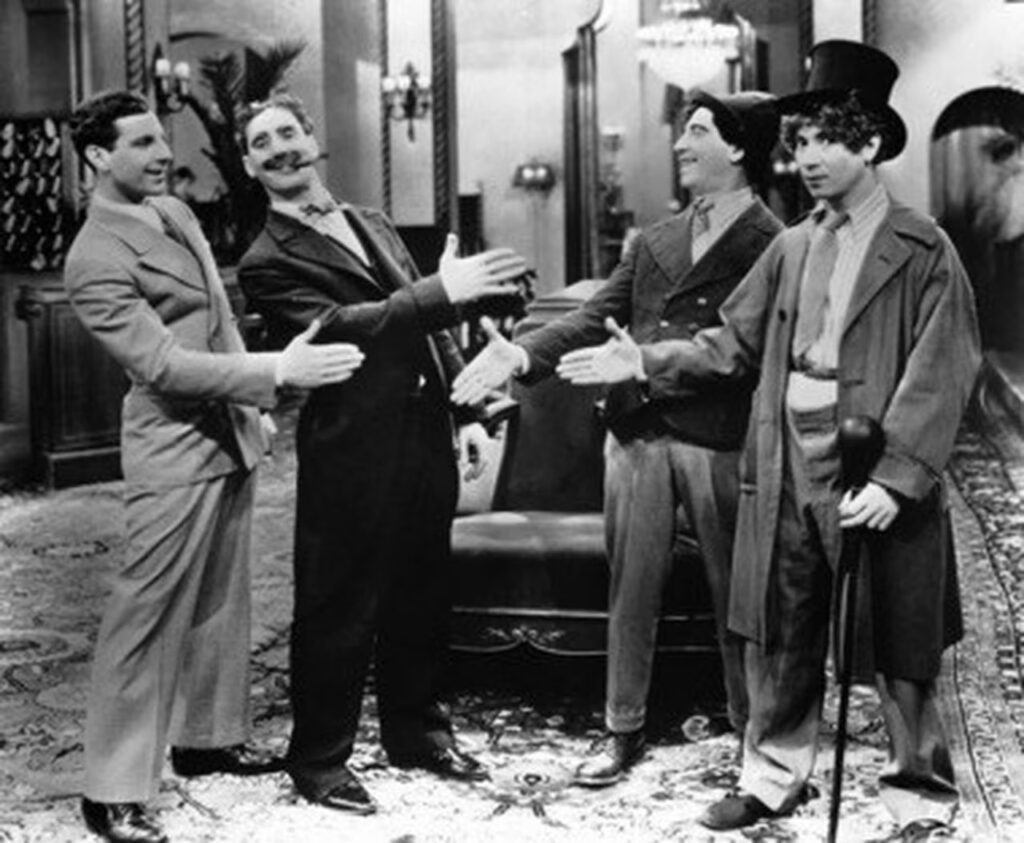
Pop culture couldn’t ignore what was happening with the real estate craze. The boom went bust, forcing investors to lose everything. The Marx Brothers couldn’t ignore it as they went after the Florida land boom in The Cocoanuts. One could laugh about their gullibility in 1929!
Hammer: “You can have any kind of a home you want. You can even get stucco. Oh, how you can get stuck-oh!”
Ironically, Groucho would put more money in the stock market after filming his scenes. In May 1929, stock prices kept going up, leading more people to borrow money. Market leaders were ecstatic with where things were at the point. Things kept looking good throughout the summer. Meehan introduced brokerage houses on ocean liners.
The day after Labor Day, the stock market climbed to what was then an all-time high. Everybody had money in the stock market. Well, almost everyone. The crash of 1929 was looming, even if nobody knew it.
Roger Babson addressed the 16th Annual National Business Conference on September 5: “Sooner or later a crash is coming, and it may be terrific.” Investers started listening, the market went down, but then stabilized. After rallying, they started dropping down. Stocks would fluctuate wildly throughout the next few weeks. All this would lead to the crash of 1929 in just a few weeks’ time.
Tommy Lamont had been the acting head of J.P. Morgan & Co. Five days before the crash, he contacted President Hoover about the president’s concerns, saying “the future appears brilliant!” Charles Mitchell had to assure nervous investors. Basically, all leaders and bankers were praising the markets and the economy. Nobody could have seen what was to come with the crash of 1929.
In Dearborn, Michigan, The Ford Motor Car Company CEO Henry Ford hosted inventor Thomas Edison for the 50th anniversary celebration of Edison inventing the lightbulb. Light’s Golden Jubilee took place on October 21. Hoover was joined by political and financial leaders. America had been transformed during this time, but the world was just starting to fall apart. Black Thursday was three days later as the market tumbled. Panic all around and things got ugly outside the stock exchange.
“It was indeed one of the worst days that had ever been seen down there,” said Craig Mitchell.
J.P. Morgan had stopped the Panic of 1907. Unfortunately, J.P. Morgan and Co. would not have the same luck when it came to the crash of 1929. Bankers made an attempt to ease the market. Lamont was joined by Charles E. Mitchell and Chase National Bank head Albert Wiggin. Richard Whitney, acting on their behalf, subsequently strolled across the floor of the market to purchase 25,000 shares of U.S. Steel at $205 each. He kept shouting buy orders on blue chip. Their efforts had staved off a panic…for now.
October 29 turned into Black Tuesday as the stock market crashed. Everything was down as people sold stocks. During the crash of 1929, what happened on the stock market floor was unlike anything that anyone had ever seen before. William C. Durant tried supporting the market. As stocks plunged, he poured millions. Nobody could have done anything to save the market. Jesse Livermore’s wife, Dorothy, ordered their servants to move furniture from their mansion to a small cottage. What she didn’t know was that he “had made more money that day than he had ever made before,” according to Patricia.
Arthur Marx recalled how Groucho was ready to kill himself after the crash of 1929. Thankfully for comedy fans, the Marx brother didn’t go through with it. This wasn’t the case for others.
How did people fair after the crash of 1929? Charles E. Mitchell climbed out of some $12 million in debt before later dying a respectable man. Durant, however, declared bankruptcy in 1936. He tried everything but died in 1947. Hoover turned to fishing after his presidency ended. Livermore couldn’t operate in the same way under the new regulations. He killed himself hours before Thanksgiving in 1940.
The Crash of 1929 runs nearly an hour but this American Experience documentary is a basic primer into what happened, why it happened, and it should still serve as a warning almost 100 years later.
SCREENWRITER: Ronald Blumer
NARRATOR: Philip Bosco
PRODUCERS: Ellen Hovde and Muffie Meyer
FEATURING: Craig Mitchell, Rita Mitchell Cushman, Michael Nesbitt, Patricia Livermore, Robert Sobel, Aristo Scrobogna, Arthur Marx, John Kenneth Galbraith, Ben Karol, Tom McCormick, Reuben L. Cain, Edward Lamont, Horace Silverstone
American Experience: The Crash of 1929 aired on November 19, 1990 on PBS. Grade: 3.5/5
Please subscribe to Solzy on Buttondown and visit Dugout Dirt.

